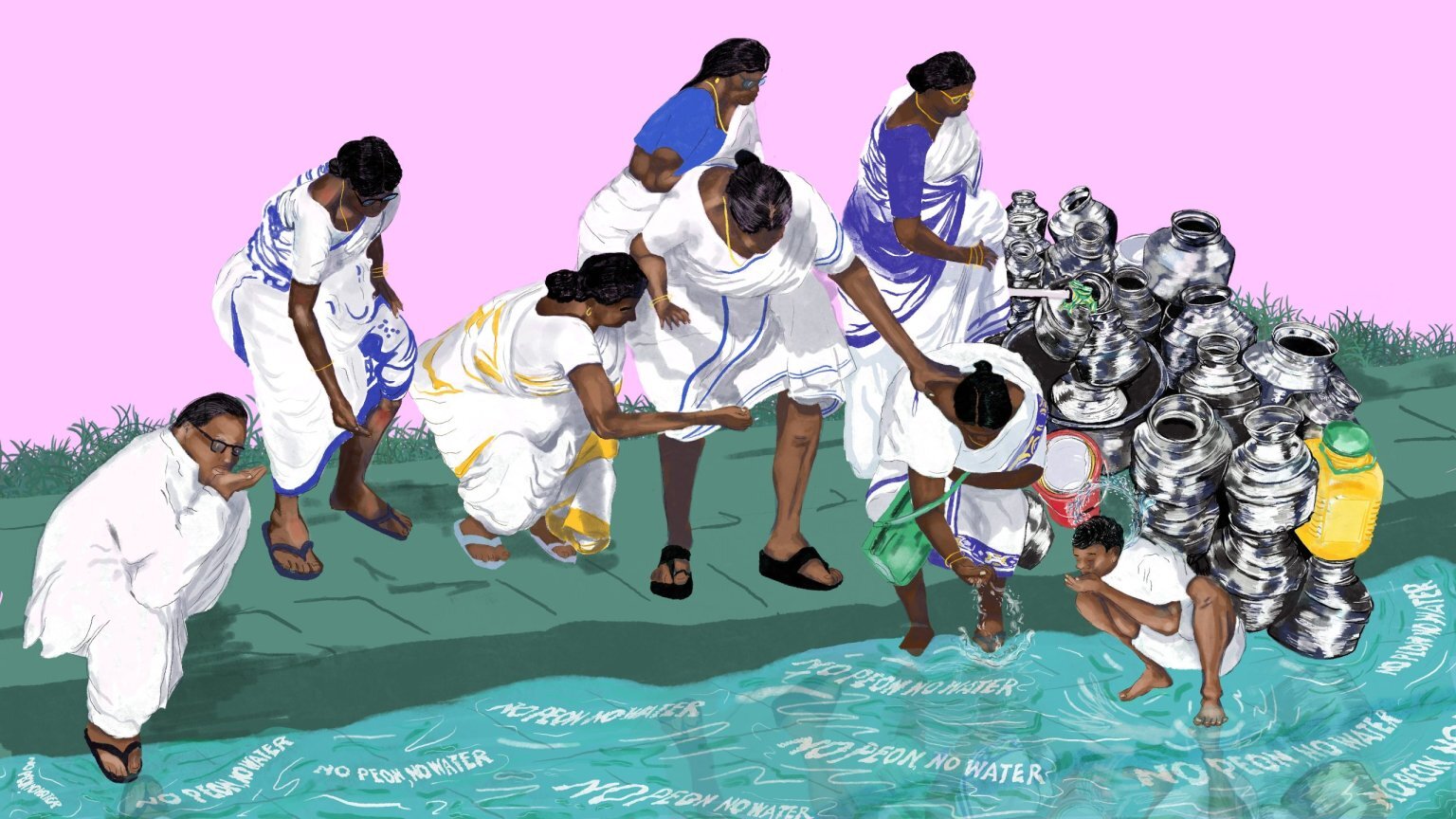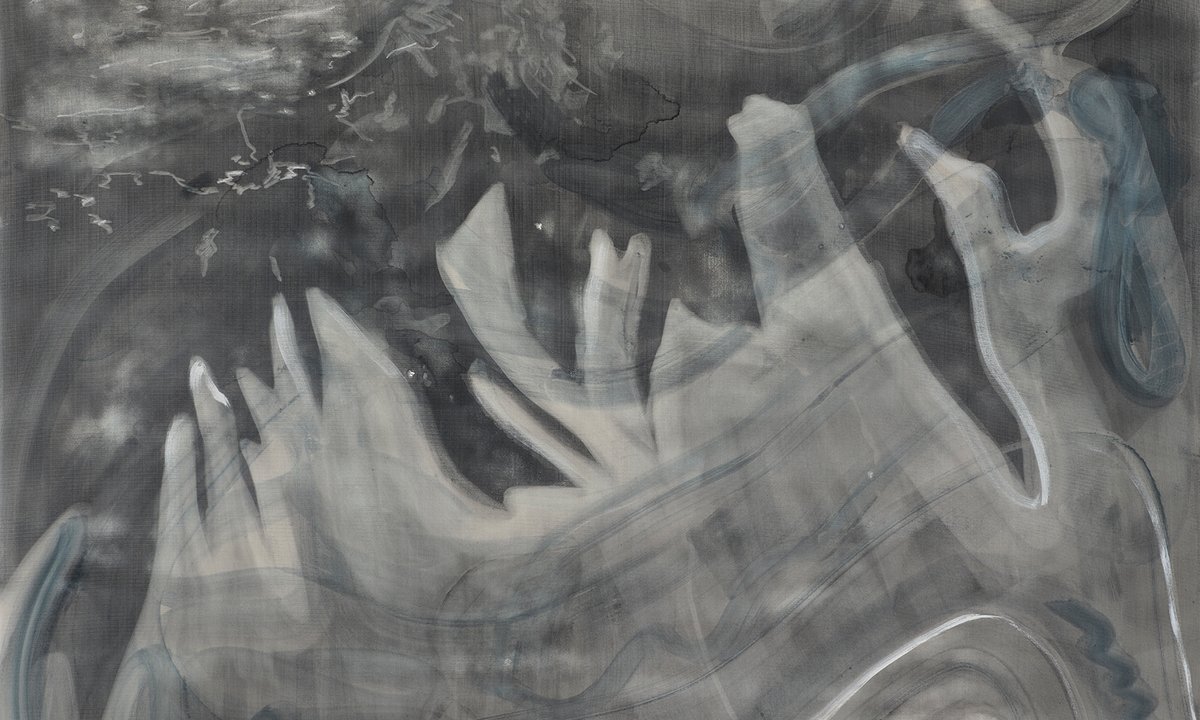When a close relative came of marriageable age, his parents enrolled him on a matrimonial phone application to arrange a suitable match (read: same caste), using technology to follow an ancient Indian tradition of arranged marriages to maintain endogamy. Indian society has experienced a plethora of different kinds of matchmakers — from marriage bureaus set up by certain castes, to neighborhood aunties who match families before matching the partners.
In India, matrimonial mobile applications are tailored to appeal to certain communities, regions, religions, educational qualifications, incomes, and castes. In many instances, the bride and groom would often see each other on the wedding day. Family compatibility can become more important than partner compatibility.
In the past few years, these arrangement apps have borrowed the “swipe right” and chat features from dating apps like Tinder and Bumble.
For all intents and purposes, matrimonial apps are evolving to encourage more open communication between potential partners by reducing “familial” barriers. Despite this, the apps prompt one to upload their “kundali” — a birth chart in Hindu astrology that deterministically predicts the individual’s behavior and future based on a variety of elements, including caste. Interestingly, a common feature across all applications is a caste filter that allows your profile to be visible to some castes and invisible to others, ensuring endogamy in the digital age.
So how do we make sense of this intriguing paradox? Matrimonial apps have evolved to accommodate the “modern” culture, wherein the partner’s interests and compatibility assume central importance in marriages. Thomas Misa, a historian who studies the intersections between technology and society, suggests that we must consider the “progress and development” of technology within society by examining it as a “co-construction.” Similarly, these mobile apps are not isolated entities but rather represent a particular tendency already existing in social reality. The persistence of caste in these “manifestations of modernity” challenges declarations about the death of caste. It demonstrates the mechanism of exclusion in the caste system practiced through endogamy, as pointed out by Dr. Bhimrao Ramji Ambedkar in his 1936 book The Annihilation of Caste. Ambedkar was an accomplished scholar-turned-politician, whose thoughts and books provided a foundation for the anti-caste movement. The Annihilation of Caste was initially prepared for a speech at the Jat-Pat Todak Mandal (an anti-caste reformist group whose name translates to “The Break-Up of the Caste System” in Hindi/Urdu). However, the members of the group believed that the speech was too controversial and incendiary and could lead to a violent retaliation by the conservative Hindu community, as Ambedkar had attributed inequalities and the inferior status of women to Hinduism and called for the destruction of religious scriptures. The lecture was eventually canceled because Ambedkar refused to edit parts of the speech, per the demand of the members. He published the speech in the form of this book; this seminal work has acquired a life of its own and informed many critical debates and scholarship on caste and has directed the anti-caste movement.
In India, caste is a dominant social institution, premised on the ideologies of purity and pollution, which has influenced the economic and material domains. It is a rigid system of social classification that divides the population into “upper-castes” — Brahmins (priests and intellectuals), Kshatriyas (warriors), and Vaishyas (merchants) — and “lower-castes” — Shudras and Avarnas, who practice manual labor considered to be polluted. This link between occupation, status, and pollution excluded the lower castes from accessing public spaces like wells, transport, education, temples, etc. Notwithstanding regional variations, caste was and continues to be a reality in the subcontinent. Historically there were moments when caste boundaries showed fluidity. However, the situation for the caste oppressed never really changed. This ritualized, historical system of inclusion and exclusion has led to the continuation of disadvantages for the “lower castes” because they were unable to access avenues for their development.
Many scholars believed that industrialization and modernization would ultimately lead to the destruction of the caste system, but evidence proves otherwise. Caste has modernized itself in many ways. The recent developments of science, technology, and especially the internet, have enabled the technological manifestation of caste in even matchmaking business.
Ambedkar’s scholarship unearthed the insidious nature of the caste system. The presence of caste filters in matrimonial apps points towards its modernized avatar. Thus, as Dr. Murali Shanmugavelan proposes, it is useful to think of caste in “non-essentialist” terms to observe how it influences various domains. While the matrimonial apps illustrate a replication of reality without really challenging the status quo, social media websites like Twitter and Instagram have been pulled up by journalists, scholars, and activists for their obvious caste biases. For instance, Hansraj Meena, the founder of Tribal Army, has raised an online petition admonishing Twitter for providing blue tick-marks to those subscribed to Twitter Blue while withholding the same for accounts of activists from the Scheduled Caste (SC), Scheduled Tribe (ST), and Other Backward Castes (OBC), recognized to be marginalized due to caste by the Constitution of India. Meena and other activists alleged that Twitter’s biases towards the verification of accounts imply casteist biases because anti-caste activists, belonging to marginalized communities, either take a long time to receive Blue Ticks or do not receive them at all. Since Blue-Tick Accounts are “adequately” verified, they have greater visibility and a wider reach compared to other accounts that may have a substantial following, but no official marker. This system impedes diversity of perspectives and turns these platforms into echo chambers.

Digital India has also experienced several instances of caste biases. For instance, Instagram user Big Fat Bao reported that a self-styled poster reading “Annihilation of Caste” was taken down by Instagram for “violating community standards.”
The Annihilation of Caste is one of the most famous tracts in which Ambedkar lays down the connection between caste and Hinduism, highlighting how women’s agency is curtailed to maintain the system. The anti-caste and Dalit movements have used this tract as a foundational ideology to resist the caste system. The book has been published in several languages by state governments, independent publishers, and international publishers. Thus, legally, there is nothing offensive about the title or slogan (as it is often used).
In an article discussing the newsroom representation of the DBA (Dalit-Bahujan-Adivasi) Community in newsrooms, Dilip Mandal laments the death of the optimistic belief that the internet could provide democratized access to diversified discourses by amplifying the marginalized perspectives and experiences. Dominant-caste journalists who occupy major positions in legacy media organizations have simply replicated the ideologies associated with the caste system on the platform. While the cheap rate of internet, free video editing services, and public WiFi have enabled the proliferation of Dalit-Bahujan-centric media outlets, Mandal adds the caveat that “freedom of speech does not necessarily mean that there will be equality of speech.”
Technologies do not sprout in a social vacuum, but often adapt from and mirror society. Robert Young, a stalwart in the field of history of science, proposes a framework that helps explain this interaction between ideology, science, and society. In an article published in 1977, Young noted that the direction of “scientific” progress and facts reflect the ideology of the moment: Think about the large-scale institutionalization of environmental educational degrees in the wake of climate change. In the article, “Science is Social Relations” (1977), he succinctly states:
“An anthropology of knowledge invites us to see our educational and research institutions as social systems. The three elements — social system, socialization, and belief system — are congruent with, mediate and reinforce (both directly and indirectly) the existing framework of order, power, and ideology … The social relations of such institutions are the social relations of society.”
Young’s conceptualization helps us understand how existing caste inequalities embed themselves in technologies in the form of creation and implementation. Ambedkar had pointed out that, “Caste is a state of mind,” an abstract, arbitrary thought that manifests in behaviors, social structures, and systems. In India, the “upper castes” model modernity based on their ideas and beliefs, by virtue of their elevated social positions. Research studies on the histories of engineering and science education in India reveal the Brahmanization of these disciplines: the emphasis on rote learning, the gradual reduction of practical or technical skills, and the intense efforts to craft the pursuit of knowledge as a Brahminical calling.
However, it is not all doom and gloom. Many Dalits and anti-caste activists have open dialogues about the intersection of caste and technology, kickstarting sustained pressure on Multinational Corporations and Big Tech Companies to reckon with the consequences of discriminatory design and practices. These incidents reveal the insidious nature of caste and its tangible impact in different areas in different ways. Ambedkar said that caste will become an issue wherever Hindus travel. It has now cyber-traveled!



